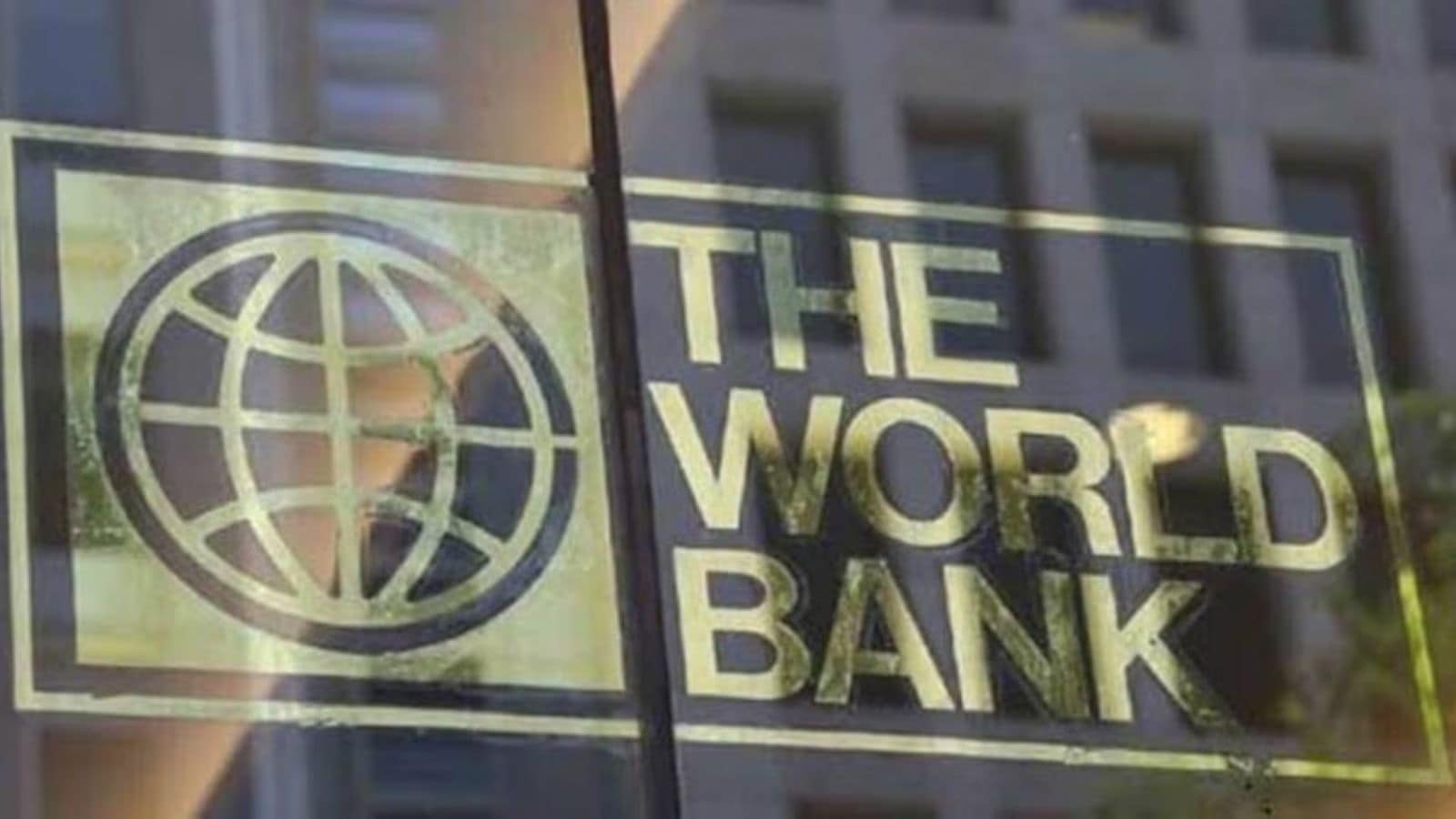The Indian economy is seen growing by 6.3 per cent in 2025-26, with the World Bank on Tuesday retaining its GDP growth forecast for the current fiscal – having cut it by 40 basis points (bps) in April 2025 – even as it warned that the pace of investments is likely to slow down due to global uncertainty. However, even at the projected 6.3 per cent, India will remain the fastest growing large economy, the World Bank said in its Global Economic Prospects report.
“India is projected to maintain the fastest growth rate among the world’s largest economies, at 6.3 per cent in FY2025/26. Nevertheless, the forecast for growth in FY2025/26 has been downgraded by 0.4 percentage point relative to January projections, with exports dampened by weaker activity in key trading partners and rising global trade barriers. Investment growth is expected to slow, primarily reflecting a surge in global policy uncertainty, the World Bank said.
The Bank, meanwhile, cut its growth forecast for India by 20 bps (one basis point is one hundredth of a percentage point) for FY27 to 6.5 per cent. The GDP is seen growing 6.7 per cent in FY28, with economic activity “partly supported by robust services activity that contributes to a pickup in exports”.
‘Development free zone’
In its report, the World Bank made wide-ranging reductions to growth forecasts for nearly 70 per cent of economies due to “heightened trade tensions and policy uncertainty” that is seen driving down global growth in 2025 to 2.3 per cent – the slowest pace since 2008 outside of outright global recessions. It had in January 2025 forecast global growth for 2025 at 2.7 per cent. Growth in 2026 is expected to pick up only slightly to 2.4 per cent – as against 2.7 per cent predicted in January 2025 – and somewhat further to 2.6 per cent in 2027. While a global recession is not expected, the World Bank’s latest projections for the next two years, should they turn out as forecast, would mean average global growth in the first seven years of the 2020s will be the slowest of any decade since the 1960s, it said.
“Outside of Asia, the developing world is becoming a development-free zone,” Indermit Gill, the World Bank Group’s Chief Economist, said in a statement. “It has been advertising itself for more than a decade. Growth in developing economies has ratcheted down for three decades — from 6 per cent annually in the 2000s to 5 per cent in the 2010s — to less than 4 per cent in the 2020s. That tracks the trajectory of growth in global trade, which has fallen from an average of 5 per cent in the 2000s to about 4.5 per cent in the 2010s — to less than 3 per cent in the 2020s. Investment growth has also slowed, but debt has climbed to record levels,” Gill added.
The Trump administration enforced reciprocal tariffs on its trade partners on April 2, 2025 before suspending them for 90 days a week later as it sought favourable agreements to help reduce its trade deficit. This week, officials from the US and China are meeting in London amid the imposition of export controls despite preliminary talks last month in Switzerland.
According to the World Bank, if major economies are able to find a way around the trade tensions and thereby reduce policy uncertainty and financial volatility, then global growth could rebound faster than expected. “The analysis finds that if today’s trade disputes were resolved with agreements that halve tariffs relative to their levels in late May, global growth would be 0.2 percentage point stronger on average over the course of 2025 and 2026,” the Bank said.
Gradual decline in debt
Story continues below this ad
The retention of the 6.3 per cent growth forecast for India by the World Bank on Tuesday came days after the Reserve Bank of India (RBI) announced a larger-than-expected 50-bps cut in the policy repo rate to 5.50 per cent, taking the total quantum of its interest rate cuts in 2025 to 100 bps. In its resolution, the Indian Central bank’s Monetary Policy Committee (MPC) on Friday said “it is imperative to continue to stimulate domestic private consumption and investment through policy levers to step up the growth momentum”. With domestic inflation benign – the RBI sees headline retail inflation averaging just 3.7 per cent in FY26 – the MPC said the changed growth-inflation dynamics called for “not only continuing with the policy easing but also frontloading the rate cuts to support growth”.
Although the RBI retained its FY26 GDP growth forecast at 6.5 per cent, most economists from outside the government and the central bank see growth this year closer to 6 per cent. The Indian government has forecast growth in the range of 6.3-6.8 per cent for the current fiscal.
Data released last month showed GDP growth declined to 6.5 per cent in FY25 – the slowest pace in four years – from 9.2 per cent the previous year, with the World Bank saying in its report that the moderation was largely reflective of a “slowdown in industrial production, offsetting steady services activity and the recovery in agricultural output.”
The Bank also said that it expects fiscal consolidation to continue in India, “with growing tax revenues and declining current expenditures projected to contribute to a gradual decline in the public debt-to-GDP ratio”.
Story continues below this ad
The Indian government will move to targeting the debt-to-GDP ratio from the next fiscal year that begins in April 2026. It aims to reduce the ratio to 50 per cent – in a range of 49-51 per cent – by FY31. As per Budget documents, the Centre’s debt-to-GDP ratio is estimated at 56.1 per cent in FY26.


